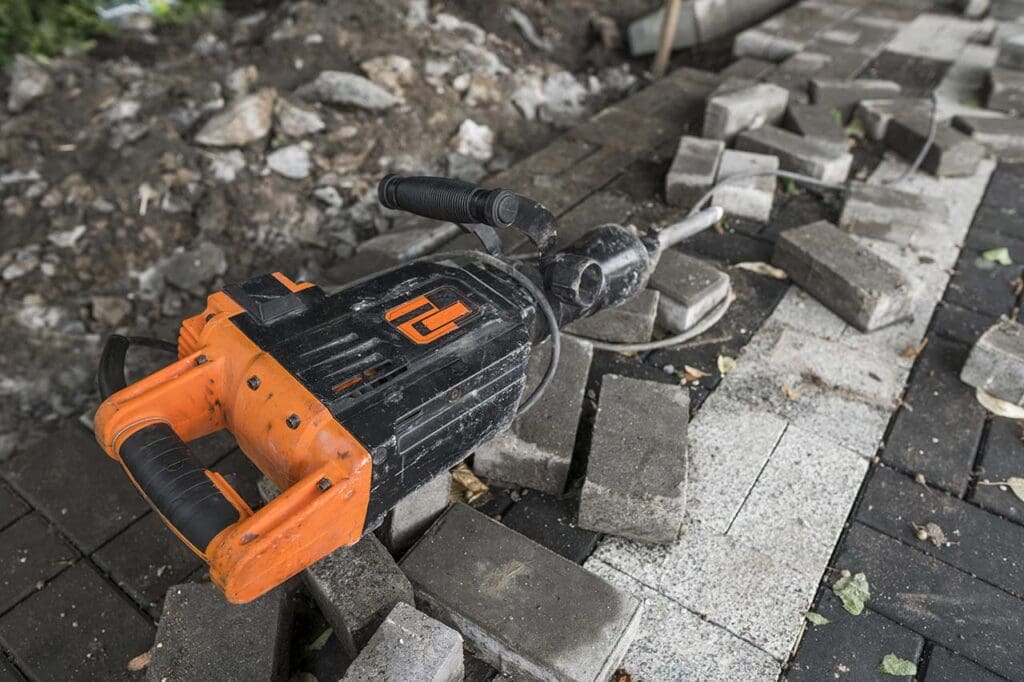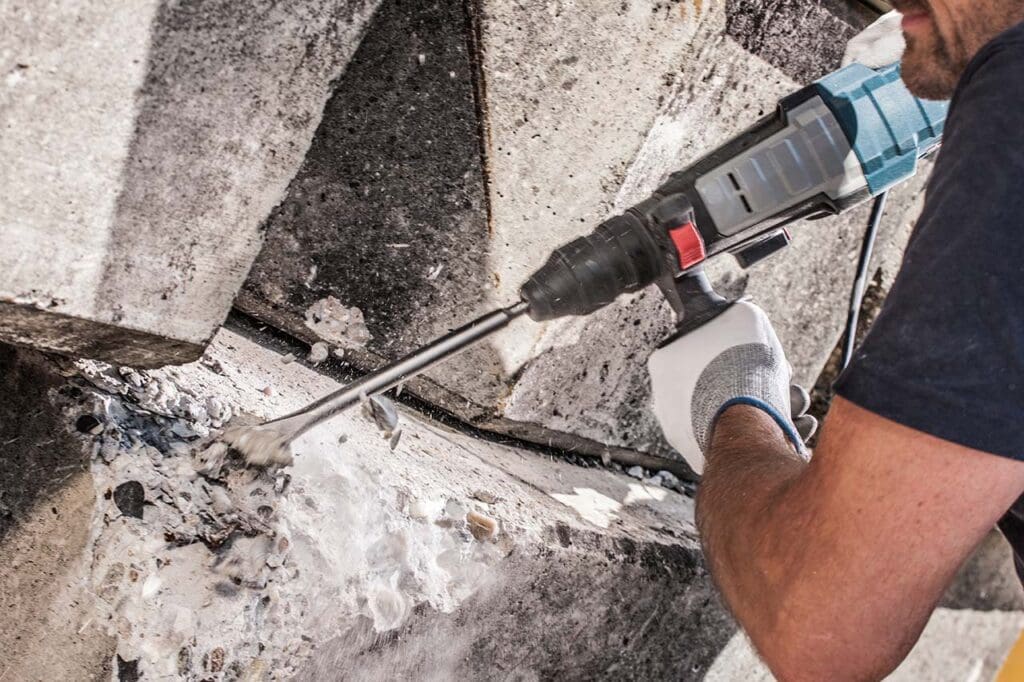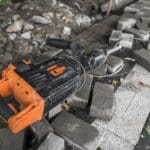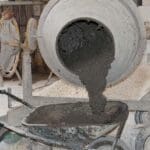So, you might think a jackhammer and a concrete breaker are the same, right? Well, hold on a moment.
While both tools are designed for breaking concrete, subtle yet significant differences set them apart. From how they operate to the power they pack, understanding these dissimilarities can help you choose the right tool for the job.
Let’s explore the nuances that distinguish a jackhammer from a concrete breaker.
Operating Mechanism
When using a jackhammer or a concrete breaker, you operate them by holding onto the handle and directing the tool towards the surface of the concrete. The handle provides stability and control as you guide the tool to break through the hard material.
By correctly positioning the tool and applying pressure, you can break up the concrete into manageable pieces. The vibrations and force generated by the tool help fracture the concrete, making your job easier and quicker.
Remember to wear appropriate safety gear like gloves, goggles, and ear protection to shield yourself from debris and loud noise. Practice proper techniques to ensure efficient operation and minimize the risk of accidents.
Purpose of Use

To fully understand the difference between a jackhammer and a concrete breaker, it’s essential to consider their distinct purposes of use in various construction tasks.
Jackhammers are typically used for lighter demolition work and breaking up small concrete or asphalt areas. They’re more suitable for tasks like breaking up sidewalks, removing tiles, or chipping away small concrete surfaces.
On the other hand, concrete breakers, which are heavier and more powerful, are designed for more intense demolition jobs. Concrete breakers are commonly used for breaking up thicker concrete surfaces, such as foundations, driveways, or heavy-duty construction projects where substantial force is required to break through tough materials.
Design and Construction
The design and construction of a jackhammer and a concrete breaker significantly differ in size, weight, and power capabilities. Jackhammers are typically smaller and lighter than concrete breakers, making them more manoeuvrable and easier to handle for tasks requiring precision.
Concrete breakers, on the other hand, are larger and heavier machines designed for heavy-duty demolition work. They’re built with robust materials to withstand the high-impact forces generated when breaking through tough concrete surfaces.
In terms of power capabilities, concrete breakers are often more powerful than jackhammers, allowing them to tackle more extensive and challenging projects efficiently. These differences in design and construction cater to specific needs based on the intensity and scale of the demolition tasks.
Power Source
The primary power source for jackhammers and concrete breakers dictates their efficiency and effectiveness in demolishing concrete structures.
Jackhammers are typically powered by electricity, pneumatic air pressure, or gasoline engines. Electric jackhammers are ideal for indoor use due to their quiet operation and zero emissions. Pneumatic jackhammers, powered by air compressors, are commonly used in construction sites for their portability and high power output. Gasoline-powered jackhammers offer mobility in remote locations where electricity is not readily available.
On the other hand, concrete breakers are usually hydraulic-powered, providing immense force for breaking through tough concrete surfaces. The power source of these tools significantly influences their performance and adaptability to various demolition tasks.
Applications and Versatility
With their varying power sources, jackhammers and concrete breakers exhibit distinct applications and versatility in demolishing concrete structures. Powered by electric cords or compressed air, jackhammers are ideal for smaller projects requiring precision and manoeuvrability. They’re commonly used for tasks like breaking up sidewalks or removing tile.
On the other hand, concrete breakers, which rely on hydraulic power sources, are better suited for heavy-duty jobs that involve thick concrete slabs or foundations. Their high impact force and efficiency make them indispensable for large-scale demolition projects such as highway construction or building renovations.
Understanding each tool’s specific applications and capabilities can help you choose the right equipment for your concrete demolition needs.
Frequently Asked Questions

Can a Jack Hammer or Concrete Breaker Be Used on Other Materials Besides Concrete?
Sure!
A jack hammer and a concrete breaker can be used on materials other than concrete. They’re versatile tools that handle asphalt, brick, tile, and more.
Just be sure to use the right attachments for each material.
What Safety Precautions Should Be Taken When Using a Jack Hammer or Concrete Breaker?
When using a jackhammer or concrete breaker, prioritize safety.
Wear protective gear, such as goggles, gloves, and ear protection.
Ensure proper training and maintain a firm grip on the tool.
Stay alert to prevent accidents.
Are There Specific Sizes or Types of Jack Hammers or Concrete Breakers for Different Job Applications?
When picking a tool, consider the job’s scale and material density. Opt for larger jackhammers or breakers for heavy-duty tasks like demolishing thick concrete.
Choose smaller ones for precision work in tighter spaces.
How Long Does It Typically Take to Get Proficient at Operating a Jack Hammer or Concrete Breaker?
Practice consistently to get proficient at operating a jackhammer or concrete breaker. Start with small tasks and gradually increase difficulty.
Focus on technique and safety.
With dedication, you’ll improve quickly and confidently in handling these tools.
Are Any Environmental Concerns Associated With Using a jackhammer or Concrete Breaker?
Be mindful of environmental concerns when using a jackhammer or concrete breaker. Dust and noise pollution can impact the surroundings.
Proper disposal of broken concrete is crucial to prevent harm to the environment.
Final Words
So, next time you decide between a jackhammer and a concrete breaker, remember that they may seem similar at first glance. Still, they serve different purposes and have subtle differences in their design and power source.
Whether breaking up concrete, driving stakes, or digging trenches, choose the tool that best fits your needs and get the job done efficiently and effectively.




